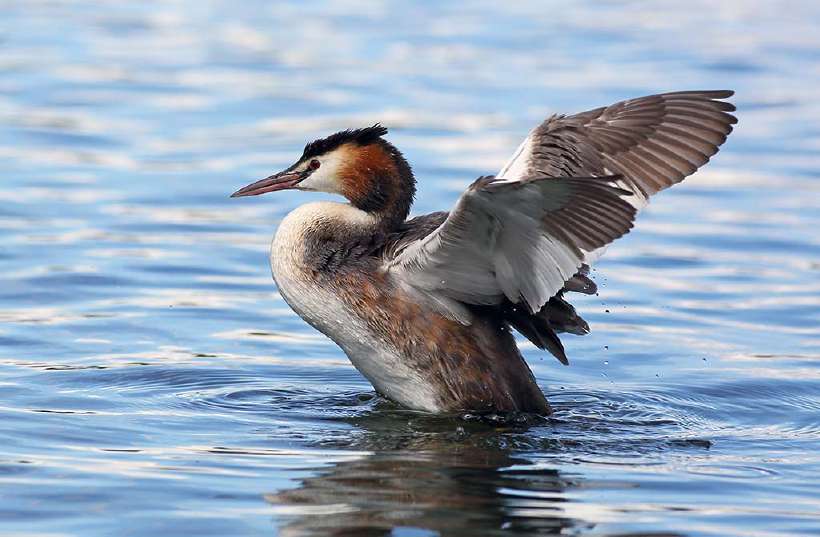Birds Which Eat Their Feathers
Home / Science for Kids / Planet Earth for Kids / Birds Which Eat Their Feathers
We all know that birds use their feathers to line their nests. But have you ever heard of a bird eating its own feathers?
It is a bird which lives in water and is called the great crested grebe. It eats its own feathers and feeds them to her young ones too. And, it always prefers soft feathers, which it sheds throughout the year.
Scientists believe that its feather-eating habit is linked to the process with which it throws waste.
The grebe has a unique excretory system. It throws out one or two balls of excreta through its mouth on every alternate day. The staple diet of grebes is fish. So, the ball of waste has indigestible fish bones and scales apart from gastric parasites.
It is important for the grebe to throw these parasites out. If it didn’t, they would attack the grebe’s intestines and make him sick.
![Birds Which Eat Their Feathers [Illustration by Kusum Chamoli]](/media/earth-65_1_huad6dd709cc5b20a069e2fe225bff5306_20180_820x0_resize_q60_box.gif)
According to scientists, the feathers add roughage to its waste. It makes it easier to form the ball of excreta, to throw it out.
The grebe’s feathers are silky to touch and are black or gray in colour. Sometimes, it may be reddish on top with white underparts. It is usually 7 to 10 inches long, has short wings and a pointed bill.
Another unique feature of the bird are its toes. They are united to form a web near the base, while the remaining portions are rounded flaps. The shape of its toes help it to swim. In fact, the grebes are excellent swimmers and they use their feet only for propulsion under water.

The grebe makes its nest on floating leaves or plants and lays about two to 10 eggs in it. Although the eggs are white in the beginning, they begin to get stained as the leaves on which the nest is made begins to decay.
Both the male and female grebe incubate the eggs and care for the young ones. The young grebes have stripes on them.
There are 18 to 20 species of grebes living around the world, some of which are endangered.
369 words |
3 minutes
Readability:
Grade 5 (10-11 year old children)
Based on Flesch–Kincaid readability scores
Filed under: planet earth
Tags: #birds, #scientists, #waste, #feathers, #parasites
You may also be interested in these:
Operation Rescue of Penguins
The Exotic Peacock
How do Ducks Stay in Water and not Get Wet?
The Vultures are Dying
The Boy with a Catapult